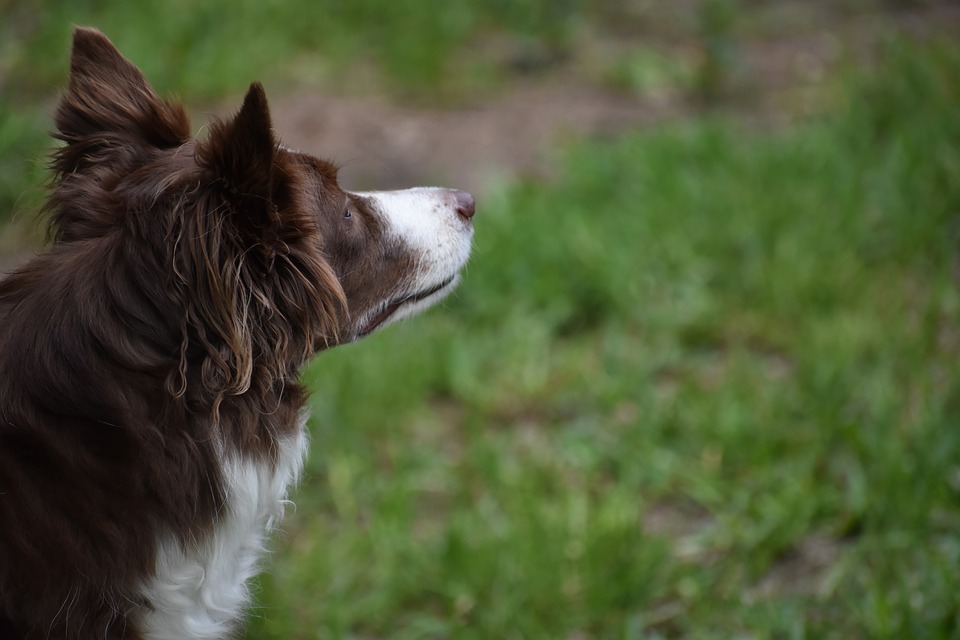Title: Unlocking Creativity and Problem-Solving in Dog Training Through Free Shaping
Introduction:
Enhancing your dog’s problem-solving abilities and nurturing their creative thinking can be achieved through various training methods. One effective approach is free shaping, which allows dogs to actively participate in the learning process and discover solutions independently. In this article, we will delve into the concept of free shaping, explore its benefits, and provide a step-by-step guide on how to incorporate it into your dog’s training routine.
I. Understanding Free Shaping: A Gateway to Canine Creativity and Problem-Solving
Free shaping is a training technique that involves shaping desired behaviors without using prompts or cues. Instead, it relies on the dog’s natural instincts and problem-solving skills. Through incremental steps and positive reinforcement, dogs learn to offer behaviors on their own, leading to increased creativity and problem-solving abilities.
II. The Benefits of Free Shaping:
1. Encourages independent thinking: Free shaping empowers dogs to think for themselves and come up with unique solutions. This enhances their problem-solving abilities and encourages them to explore different approaches.
2. Fosters confidence and mental stimulation: By actively participating in the learning process, dogs gain confidence in their abilities. They also receive mental stimulation, which is important for their overall well-being.
3. Strengthens the dog-handler bond: Free shaping requires clear communication and trust between the dog and handler. This strengthens the bond and improves the dog’s responsiveness to the handler’s cues.
4. Develops problem-solving skills: Through free shaping, dogs learn to analyze situations and find solutions. This skill can be applied to various real-life scenarios, making them better equipped to handle challenges.
5. Enhances overall obedience and performance: Dogs trained through free shaping tend to have a deeper understanding of behaviors and are more likely to generalize them in different contexts. This leads to improved obedience and performance.
III. Getting Started: Step-by-Step Guide to Free Shaping
Step 1: Establish a Marker Signal
– Choosing a distinct signal, such as a clicker or a verbal cue.
– Conditioning the dog to understand the marker signal through association with rewards.
Step 2: Start with Easy Behaviors
– Selecting simple behaviors that the dog is likely to offer naturally.
– Breaking down behaviors into achievable steps to shape them gradually.
Step 3: Capture and Shape Behaviors
– Recognizing and marking desirable behaviors with the marker signal.
– Gradually refining and shaping the behavior towards the desired outcome.
Step 4: Reinforcement and Rewards
– Using rewards effectively to motivate the dog and reinforce the desired behavior.
– Adjusting the reinforcement schedule to maintain engagement and prevent boredom.
Step 5: Generalizing and Expanding Behaviors
– Encouraging the dog to perform the behavior in different environments and situations.
– Increasing the complexity and difficulty level of the shaped behaviors.
IV. Free Shaping FAQs:
Q1: Is free shaping suitable for all dogs, regardless of age or breed?
– Addressing the versatility of free shaping, which can be adapted to suit different dogs.
– Considering individual dog traits and temperaments when implementing free shaping.
Q2: How long does it take for a dog to grasp a new behavior through free shaping?
– Explaining that the learning curve varies depending on the dog and the behavior being shaped.
– Emphasizing the importance of patience, consistency, and positive reinforcement.
Q3: Can free shaping be used to correct behavioral issues in dogs?
– Discussing the potential applications of free shaping in behavior modification, particularly for shaping alternative behaviors.
– Highlighting the need for professional guidance in complex cases or severe behavioral issues.
Q4: Are there any risks or downsides to using free shaping in dog training?
– Acknowledging potential challenges, such as the risk of shaping undesired behaviors.
– Providing tips to overcome difficulties and ensure a positive training experience, such as starting with simple behaviors and breaking them down into smaller steps.
Conclusion:
By incorporating free shaping into your dog’s training regimen, you can tap into their innate problem-solving abilities and unleash their creativity. This method not only empowers your furry companion but also strengthens your connection as a team. Remember to approach free shaping with patience, consistency, and an open mind, and watch as your dog flourishes into a confident and ingenious problem-solver.
Remember, a well-optimized blog can significantly improve its visibility in search results. Follow these SEO tips to ensure your article reaches the right audience and provides value to readers:
– Research and incorporate relevant keywords throughout the article.
– Use header tags (H1, H2, etc.) to structure your content and improve readability.
– Ensure your content is unique, engaging, and provides value to readers.
– Optimize your meta tags, including the title tag and meta description.
– Include high-quality images with appropriate alt tags.
– Build internal and external links to credible sources.
Happy writing and optimizing!









